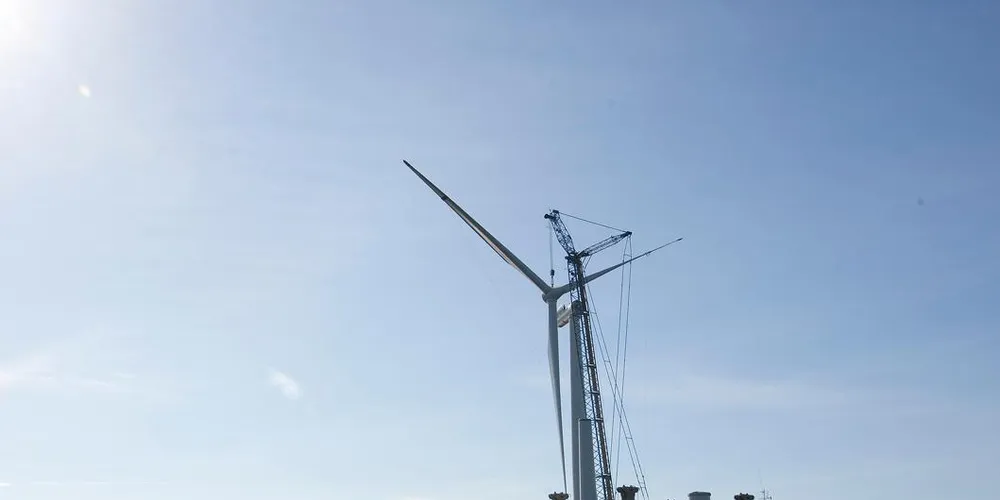ANALYSIS: Dong changes US offshore wind story
If one were to concoct an announcement aimed at lifting the spirits of the nascent US offshore wind market, it may well go something like this: Dong, the world’s leading offshore wind developer, is officially in the game.
